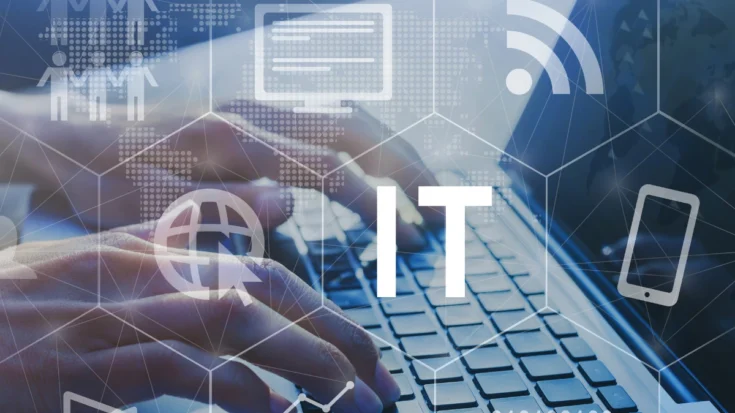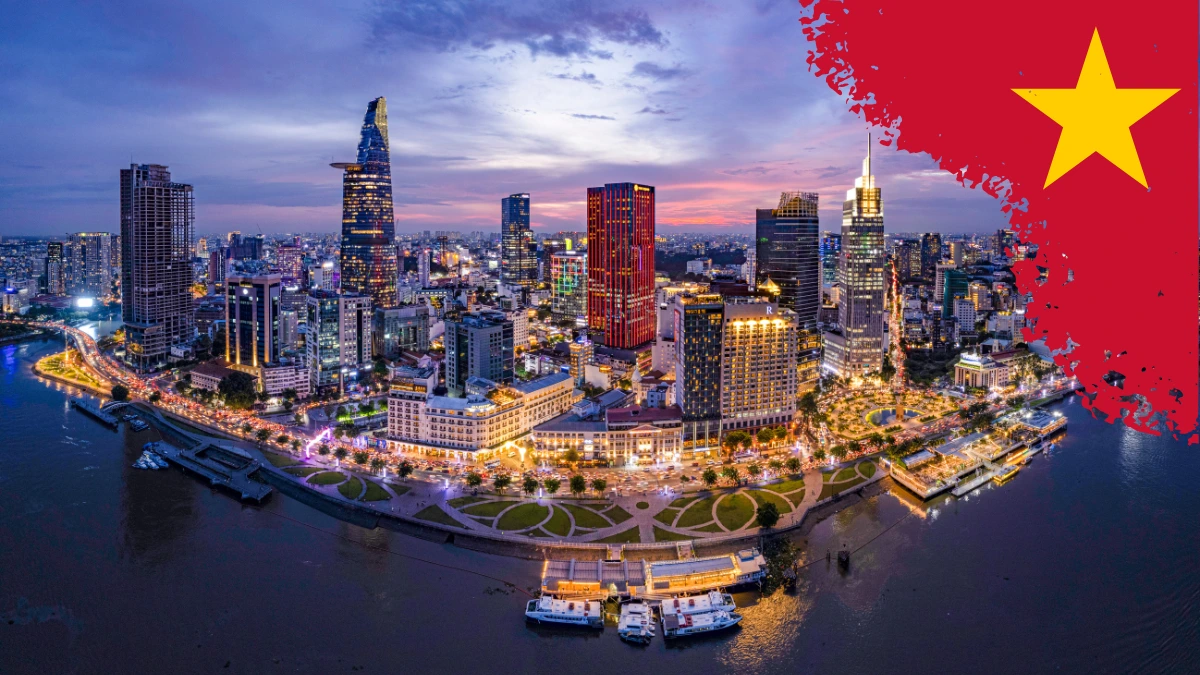The Vietnam government has recently modernized its institutional structure merging the Ministry of Information and Communications (MIC) and the Ministry of Science and Technology (MOST).
The new ministry after merging MIC and the Ministry of Science and Technology (MOST) will be called the Ministry of Science and Technology.
The merger of MIC and the Ministry of Science and Technology (MOST) was officially announced on January 11, 2025, by the Ministry of Home Affairs issued Report 219/BC-BNV 2025.
Also Read
Table of Contents
About MIC

The Ministry of Information and Communications (MIC) is a Governmental agency exercising state management of the press; publication, printing, and distribution; audio and visual broadcasting; electronic information; news; foreign information; grassroots information; the post; telecommunications; radio frequencies; the information technology industry; information technology application; cyber security; electronic transactions; national digital transformation and state management of public services in fields and sectors under the Ministry’s state management jurisdiction.
MIC was regulating certification, which serves as a critical requirement for companies operating in the telecommunications, information technology, and electronics sectors.
The MIC certification is an obligatory compliance degree put in put by the Vietnamese government to guarantee the quality, security, and security of items and administrations in these key businesses. It is designed to protect consumers, maintain national security, and foster a fair and competitive market environment.
About MOST
The Ministry of Science and Technology (MOST) is a government ministry in Vietnam responsible for the state administration of science and technology activities; development of science and technology potentials; intellectual property; standards, metrology and quality control; atomic energy, radiation, and nuclear safety.
Why was MIC and MOST Merge?

The Ministry of Information and Communications (MIC) and the Ministry of Science and Technology (MOST) in Vietnam are merging to create a more efficient and integrated ministry. The merger is intended to help Vietnam become a digital leader.
As part of the national strategy for developing the digital ecosystem, this change was made with several key considerations:
- Streamline government: The merger will simplify administrative structures and improve state management.
- Enhance policy: The merger will create consistency in policy formulation and implementation.
- Advance digital transformation: The merger will help Vietnam become a digital leader by integrating science, technology, innovation, and digital transformation.
- Improve IP administration: The merger will improve IP administration and enforcement by coordinating domain name disputes and enhancing digital tools.
The Impact of Merging MIC and MOST

The report 219/BC-BNV in 2025 stated that only the press management area of the former MIC will be transferred to the Ministry of Culture, Sports and Tourism (MCST).
This means that the remaining areas under the management of the former MIC, including telecommunications in general and ICT goods management, will be under the management of the new ministry – MOST.
The question that arises about the restructure of MIC into MOST is whether there are any changes in requirements for certification.
The answer is no, the restructuring does not impact type approval, market access requirements, imports, customs, trade, market surveillance, and technical standards. The restructure just impacts spectrum management.
To minimize risks and ensure compliance with legal regulations, collaborating with professional Type Approval Certification Services for ICT Products is the answer to help businesses understand, proactively adapt, and meet legal requirements effectively.
















